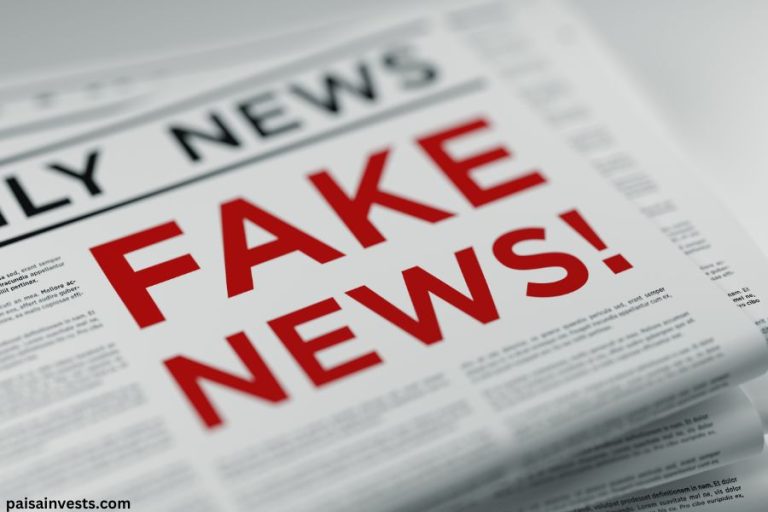The quick spread of knowledge in the era of digital media has become a double-edged sword. It has made information readily available to all, but it has also allowed false information—sometimes referred to as fake news—to proliferate unchecked.
This article seeks to give a thorough explanation of the laws governing the identification of fake news, along with insights into the different categories of fake news, the consequences of disseminating false information, and methods for discovering and stopping fake news.
Understanding Fake News
Fake news is essentially information that mimics the form of news media content but lacks its organizational process or intent. It often overlaps with misinformation and disinformation.
- Deep Fakes: These use software to fabricate events that never happened or distort a person’s statements.
- Satire: This involves using humor, irony, exaggeration, ridicule, and false information to comment on current events.
- State-Sponsored News: Often a source of propaganda in repressive states operating under government sanctions.
- Junk Science: This promotes discredited conspiracy theories, naturalistic fallacies, and scientifically false or dubious claims.
- Clickbait: Content that uses exaggerated, misleading, or questionable headlines, social media descriptions, and/or images.
The Impact of Fake News
Fake news can potentially fuel insecurity or spread panic. The more emotional or dramatic a message is, the more frequently it is shared. This is why it is so important not to participate but to stay calm instead.
Identifying Fake News: Government Guidelines
Governments worldwide have issued guidelines to help individuals recognize and combat fake news. Here are some general steps that can be followed:
- Apply Critical Scrutiny: Do not forward questionable content without checking it first. Do not share any content that seems dubious to you.
- Check the Source and Sender: Always verify the authenticity of the source of the information. Compare dubious news with two other sources.
- Use Fact Checks: Public service media and other independent organizations check individual items of fake news and set the record straight.
Dealing With Disinformation
Disinformation is false information deliberately and often covertly spread (as by the planting of rumors) in order to influence public opinion or obscure the truth. It is crucial to apply the same discernment in dealing with disinformation as with fake news.
Spotting Fake News: A Step-by-Step Guide
Identifying fake news can be a daunting task given the sophisticated technologies used to create and disseminate it. However, by following a systematic approach, one can significantly enhance their ability to discern real news from fake.
Step 1: Consider the Source
Investigate the site, its mission, and its contact info.
Step 2: Check the Author
Do a quick search on the author. Are they credible? Are they real?
Step 3: Check the Date
Reposting old news stories doesn’t mean they’re relevant to current events.
Step 4: Check Your Biases
Consider if your own beliefs could affect your judgment.
Step 5: Read Beyond
Headlines can be outrageous in an effort to get clicks. What’s the whole story?
Step 6: Are there Supporting Sources?
Click on the links. Determine if the info given actually supports the story.
Step 7: Is it a Joke?
If it is too outlandish, it might be satire. Research the site and author to be sure.
Step 8: Ask an Expert
Consider consulting a librarian or a fact-checking site.
The Role of Social Media
Social media platforms play a significant role in the spread of fake news due to their wide reach and the speed at which information can be shared. It is crucial to apply the same discernment when consuming news on these platforms.
Government Initiatives to Combat Fake News
Governments worldwide are investing resources to combat the spread of fake news. This includes implementing stringent regulations for social media platforms, conducting awareness campaigns, and promoting media literacy among the public.
The Way Forward
While government regulations on spotting fake news are essential, it is ultimately up to each individual to verify the information they consume and share. This requires a commitment to critical thinking and a willingness to question the information we encounter.
Conclusion
Fake news is a complex issue that requires a multi-faceted approach to tackle. While government rules on spotting fake news serve as essential guidelines, the onus lies on the consumer to discern, verify, and share information responsibly.
To stay updated with the latest news and investment tips, visit paisainvests.com. Remember, staying informed is the best defense against fake news.
Disclaimer: This article is intended for informational purposes only. It is not to be construed as legal advice or a legal opinion.



